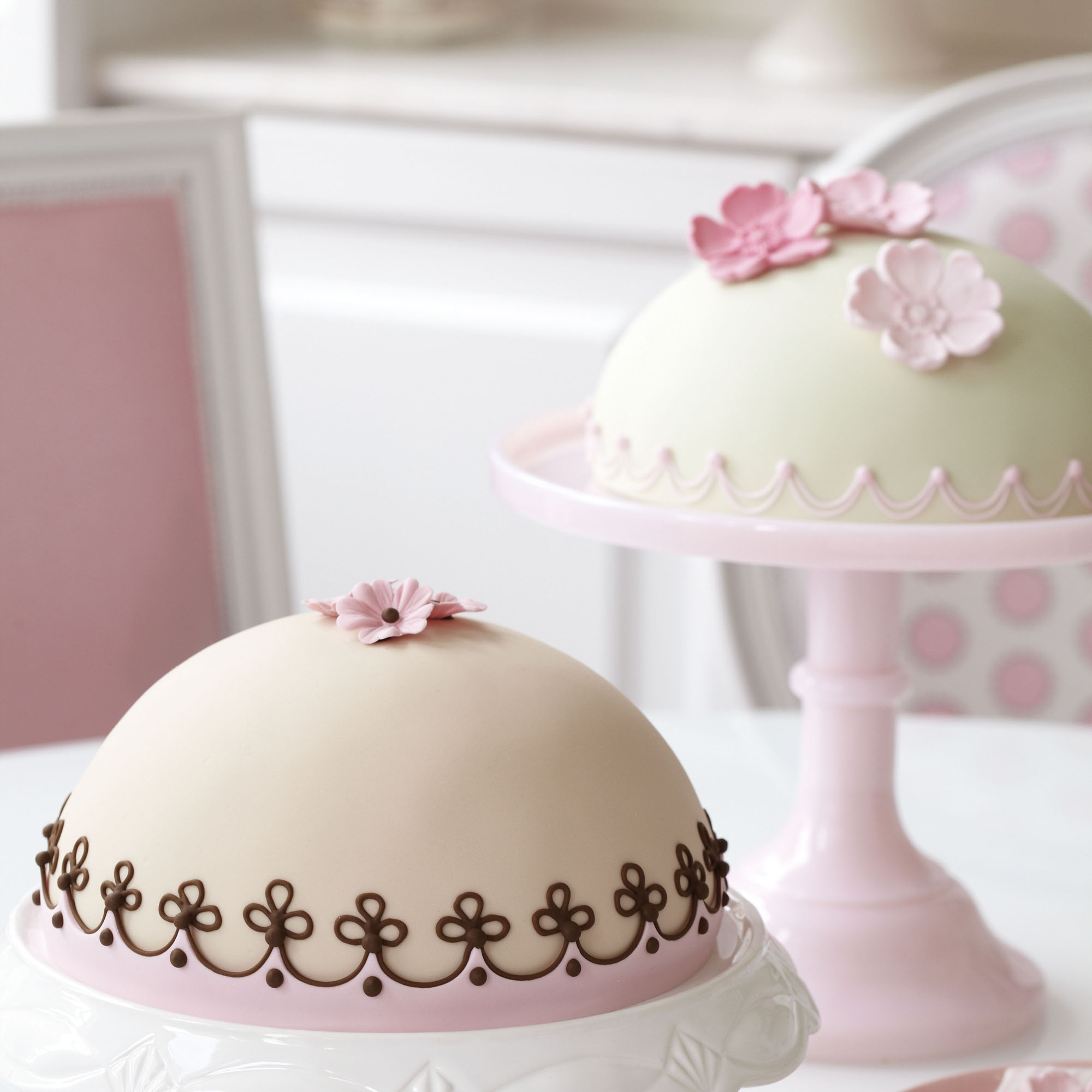BOUTIQUE BAKING by PEGGY PORSCHEN, published by Quadrille (£20, hardback)
Photos © GEORGIA GLYNN SMITH
Ingredients
For the crème patissière
- 75g egg yolks (approximately 3 small egg yolks)
- 125g caster sugar
- 1 vanilla pod
- 500ml whole milk
- 50g cornflour
- For the Jaconde sponge
- 3 medium eggs
- 125g icing sugar
- 125g ground almonds
- 3 egg whites
- 15g sugar
- 40g plain flour
- For the filling
- 250g unsalted butter, at room temperature
- 1 tbsp Eau de Vie (optional)
- 2 tbsp Peggy’s Purple Raspberry and Rose Jam or any other good-quality raspberry jam
- Punnet of raspberries (approximately 150g)
For the decoration
- 400g marzipan
- 600g white sugar paste
- Brown, green and pink paste food colour
- 1 tsp gum tragacanth
- Small amount of white vegetable fat
- 1 tbsp apricot jam, sieved
- Icing sugar for dusting
- Small amount or clear alcohol, such as vodka or Eau de Vie
- Small amount of royal icing (see page 183)
Equipment
- Two baking trays with a minimum width of 30cm (12in)
- 15cm (6in) sphere mould (I use one half of a ball-shaped cake tin)
- 15cm (6in) round pastry cutter
- Plastic piping bag
- 15cm (6in) round thin cake card
- Paper piping bag (see page 184)
- Small non-stick rolling pin
- Dog rose silicon mould (I use a mould from FPC Sugarcraft)
- Primrose cutter (medium or large)
- Blossom mould (I use a mould from Blossom Sugar Art)
- Egg carton or plastic paint palette with wells
- Piece of ribbon, long enough to cover the circumference of the cake
- Plain round 2.5cm (1in) pastry cutter
Method
- Preheat the oven to 220°C/gas mark 7 and line two baking trays with baking parchment.
- To make the crème patissière, whisk the egg yolks with the caster sugar in a mixing bowl, then add the cornflour and stir to combine. Place the milk, vanilla seeds and scraped vanilla pod in a saucepan and bring to a bare simmer. Pour about a quarter of the hot milk onto the egg yolk mixture, immediately stirring until smooth.
- Return the egg yolk and milk mixture to the pan with the remaining hot milk. Continue cooking until the mixture thickens and bubbles in the centre, stirring well to make sure the crème patissière does not burn on the base of the pan. Taste the crème patissière to check it is cooked; it should not taste floury. The texture should be smooth and thick.
- Transfer to a bowl or tray. To prevent a skin from forming, cover tightly with cling film, pressing down firmly to make sure there are no air pockets. Allow to cool and chill until further use.
- To make the Jaconde sponge, beat the whole eggs and icing sugar together until pale and fluffy. Sift together the flour and ground almonds, then gently fold into the egg mixture using a spatula.
- In a clean dry bowl, whisk the egg whites with the sugar until they reach soft peaks. Fold the meringue mixture into the batter.
- Divide the batter evenly between the two prepared baking trays and level the surface using a palette knife or the back of a spoon.
- Bake for 8–10 minutes on a low shelf, depending on your oven. The sponge is cooked when the sides are beginning to shrink away from the edges of the tin and the top is lightly browned and springs back to the touch.
- Allow to cool outside of the oven but leave the sponges in the baking trays. Once cool, cover with cling film to prevent the sponge sheets from drying out.
- To make the buttercream filling, place the crème patissière in a bowl and beat, adding the softened butter little by little until all the butter is incorporated and the buttercream has thickened. Add the Eau de Vie.
- To assemble the cake, place the sphere mould on top of a small bowl to hold it steady. Line the inside of the mould with clingfilm, overlapping the edges.
- Cut out a 30cm (12in) round from one of the sponge sheets . Use it to line the inside of the sphere mould, leaving a small overlap around the outside edge. Trim off any excess using a pair of kitchen scissors.
- Fill a piping bag with the buttercream filling. Snip an inch off the tip and pipe a thick layer into the bottom of the cake mould, then place six fresh raspberries evenly over the buttercream . Pipe another layer of buttercream on top. Continue adding layers of buttercream and fresh raspberries until you have almost reached the top edge of the mould. Level off the last layer of buttercream using a palette knife .
- Cut out two 15cm (6in) rounds from the remaining sponge sheet using a pastry cutter. Sandwich the two rounds of sponge together with a thin layer of raspberry jam. Place the two sponge rounds on top of the buttercream-filled mould. Spread over a thin layer of buttercream, then place the cake card on top. Trim any excess sponge from around the edges of the mould. Fold the overlapping cling film over the top. Chill for at least 4–6 hours or preferably overnight.
- To make the decoration - while your cake is setting in the fridge, make the flower decorations. You can make sugar flowers well in advance and store them for several months in a cool and dry place, but do not store them in an airtight container as the paste may sweat and collapse.
- For the mocha-coloured cake, mix 400g sugar paste with brown food colour to a very pale coffee shade. For the green cake, mix 400g sugar paste with green food colour to a pale pastel shade. To prevent it from drying out, keep the sugar paste wrapped in cling film until use.
- Mix the remaining sugar paste with a little pink food colour and the gum tragacanth. Add a small amount of white vegetable fat to make the paste smooth and pliable. For the mocha cake, mix only one shade of pale pink. For the green cake, mix a few different shades of pink. Wrap the sugar paste in cling film and allow to rest for 30 minutes in order to firm up a little.
- To make the dog roses for the green cake, rub a thin layer of vegetable fat into the mould and press a small ball of pink sugar paste into the embossed floral shape. Smooth and flatten the back with your fingers and, if necessary, trim off any excess paste using a small kitchen knife. To release, bend the mould outwards until the flower drops out. For a similar technique, see page 174. Place the sugar flower on a curved surface, for example, inside the wells of a paint palette or an egg carton lined with greaseproof paper, to dry. Make 3–4 flowers in different shades of pink sugar paste using this method.
- Once the cake has set, remove it from the fridge and turn it out on a sheet of greaseproof paper. Remove the mould and the cling film.
- Gently warm the apricot jam and brush a thin layer all over the dome cake.
- On a surface dusted with icing sugar, roll the marzipan out to a thickness 3–4mm. It must be large enough to cover the dome. Using a rolling pin, lift the rolled marzipan and lay it over the dome cake. Smooth the marzipan down the sides of the dome using your fingers. Tuck the edges down and trim away any excess marzipan using a kitchen knife.
- Splash some clear alcohol onto your hands. Smooth the alcohol over the marzipan-covered dome. This creates an adhesive. Roll out the coloured sugar paste and place over the marzipan the same way. Trim away any excess sugar paste as before.
- For the mocha dome cake, use a piece of ribbon to determine the correct circumference of the base of the dome. Using this ribbon as a guide for length and a ruler for depth, roll out a thin strip of the remaining pink sugar paste. Cut a 2.5cm (1in) wide strip that is long enough to go all around the base of the dome. Using a small round cutter, cut out even half-circles from the pink sugar paste strip to create a swag border.
- Brush the base of the dome thinly with clear alcohol. Lay the pink sugar paste strip all around it, with the cut-out edge pointing upwards.
- Mix the royal icing with brown food colour to make a dark chocolate shade with a soft-peak consistency. Fill a paper piping bag with the icing, snip a small hole from the tip of the bag and pipe a swag border following the edge of the pink icing. Pipe three loops at the highest points of the swags with a dot below.
- To finish, pipe small brown dots into the centre of each pink blossom. Using a tiny amount of royal icing, stick a cluster of three blossoms on the top of the dome.
- For the green dome cake, mix the royal icing with pink food colour to make a pale shade with a soft-peak consistency. Fill a paper piping bag with the icing, snip a small hole from the tip of the bag and pipe double swags evenly around the base of the dome and finish with a dot at all the joints.
- To finish, using a tiny amount of royal icing, stick a few randomly placed dog roses on top of the dome.
-
 Raspberry madeleines
Raspberry madeleinesThese petite cakes are made even prettier with bottlegreen raspberry cordial icing and a sprinkle of dried rose petals
By Jessica Ransom Published
-
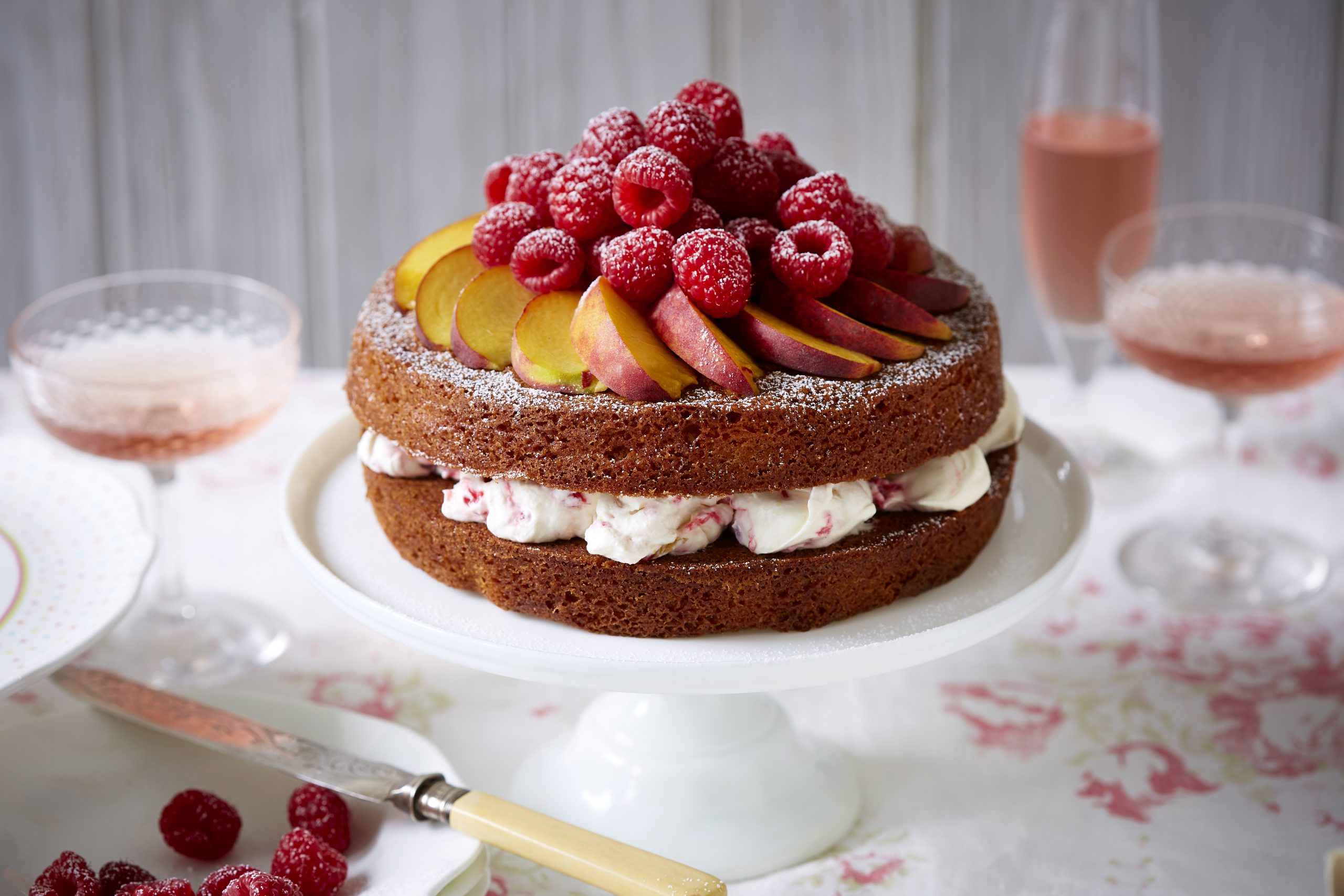 Ground Almond Cake with Peach and Raspberry
Ground Almond Cake with Peach and RaspberryBy Jane Curran Published
-
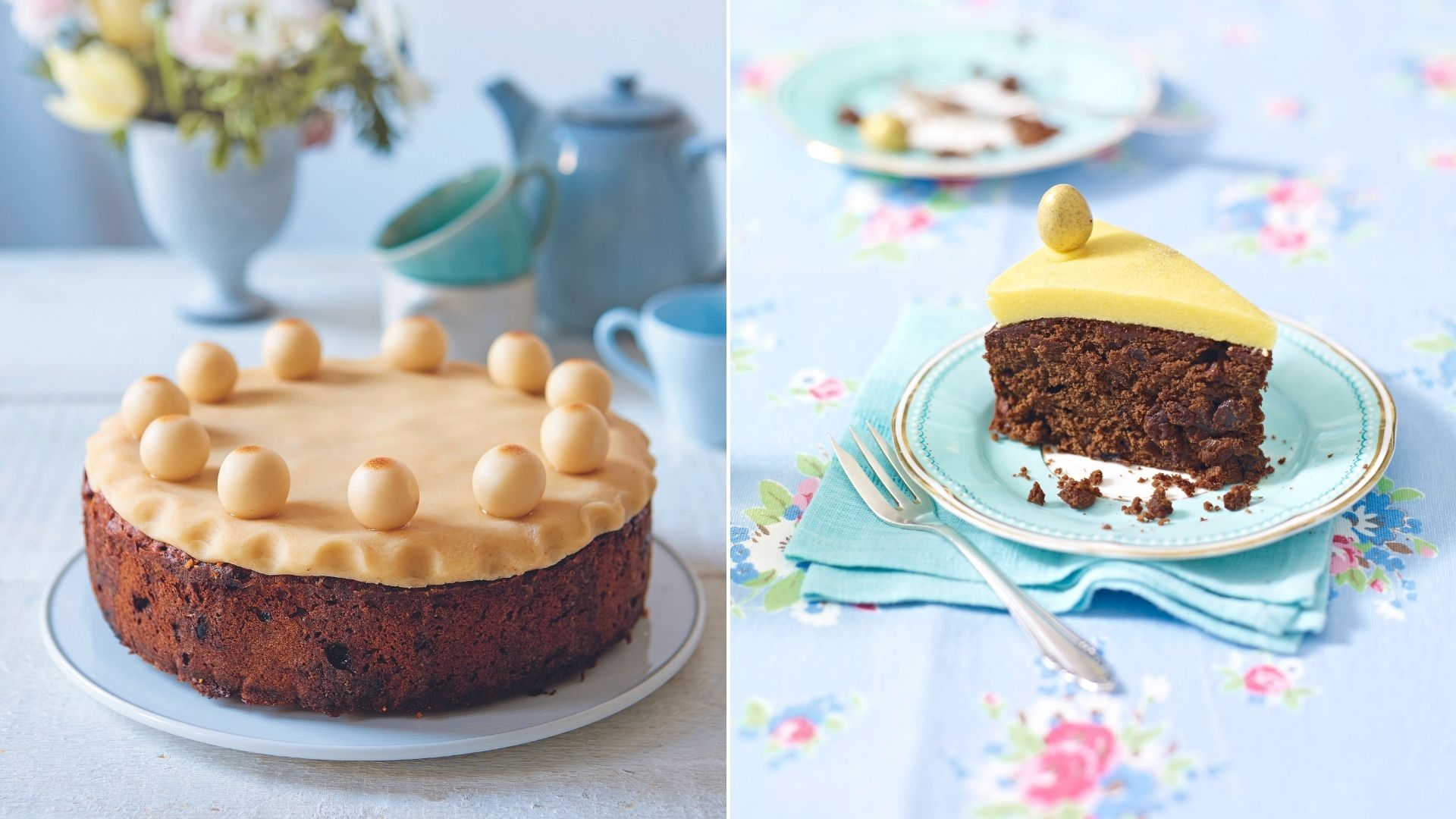 Simnel cake recipe
Simnel cake recipeMake this Simnel cake recipe up to a week ahead of when you want to eat it for a quick and easy pudding when you're hosting
By Samuel Goldsmith Published
-
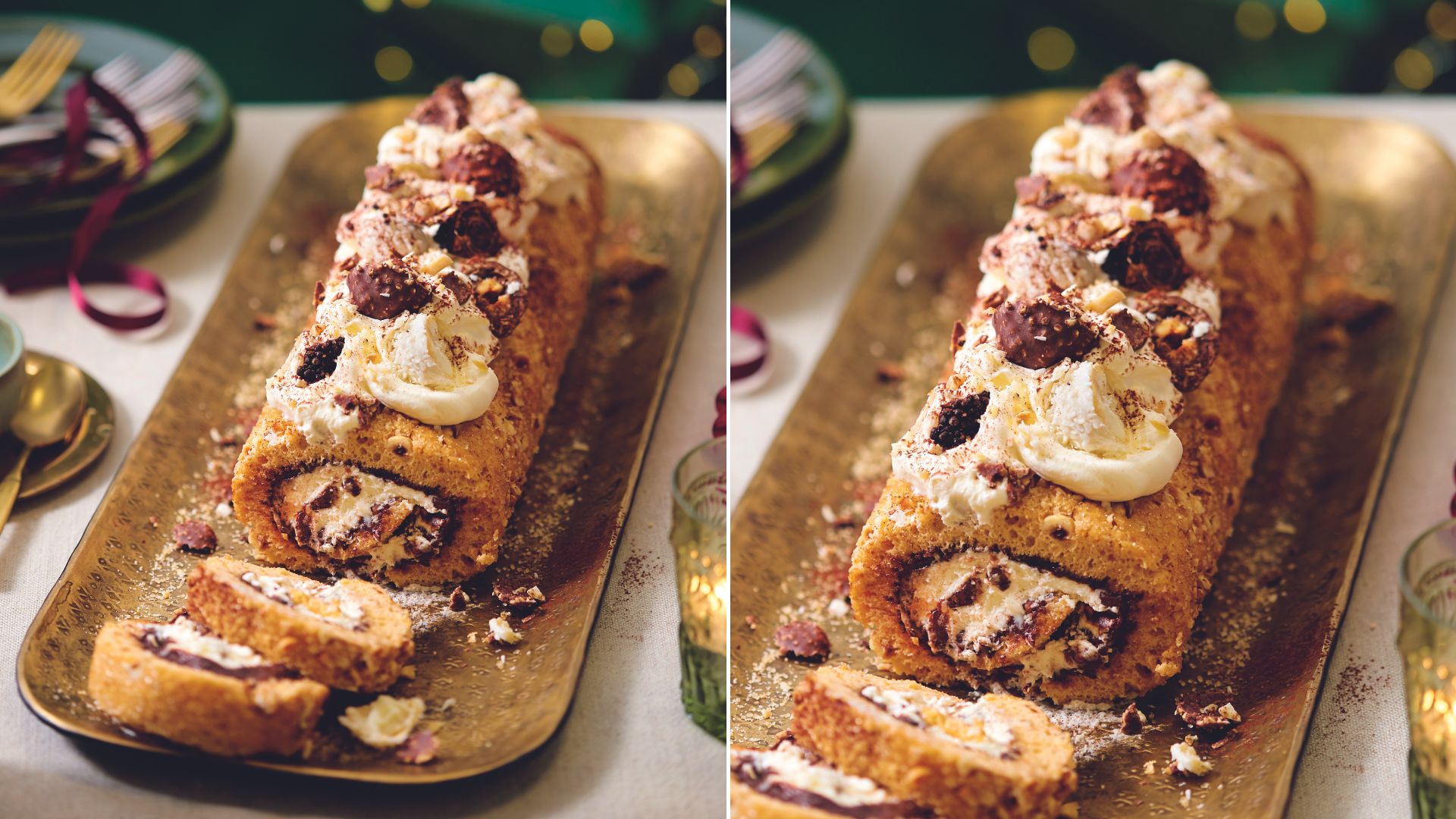 Chocolate and hazelnut roulade
Chocolate and hazelnut rouladeThis chocolate and hazelnut roulade comes with an optional Baileys Irish cream liqueur filling for an extra, festive twist
By Jen Bedloe Published
-
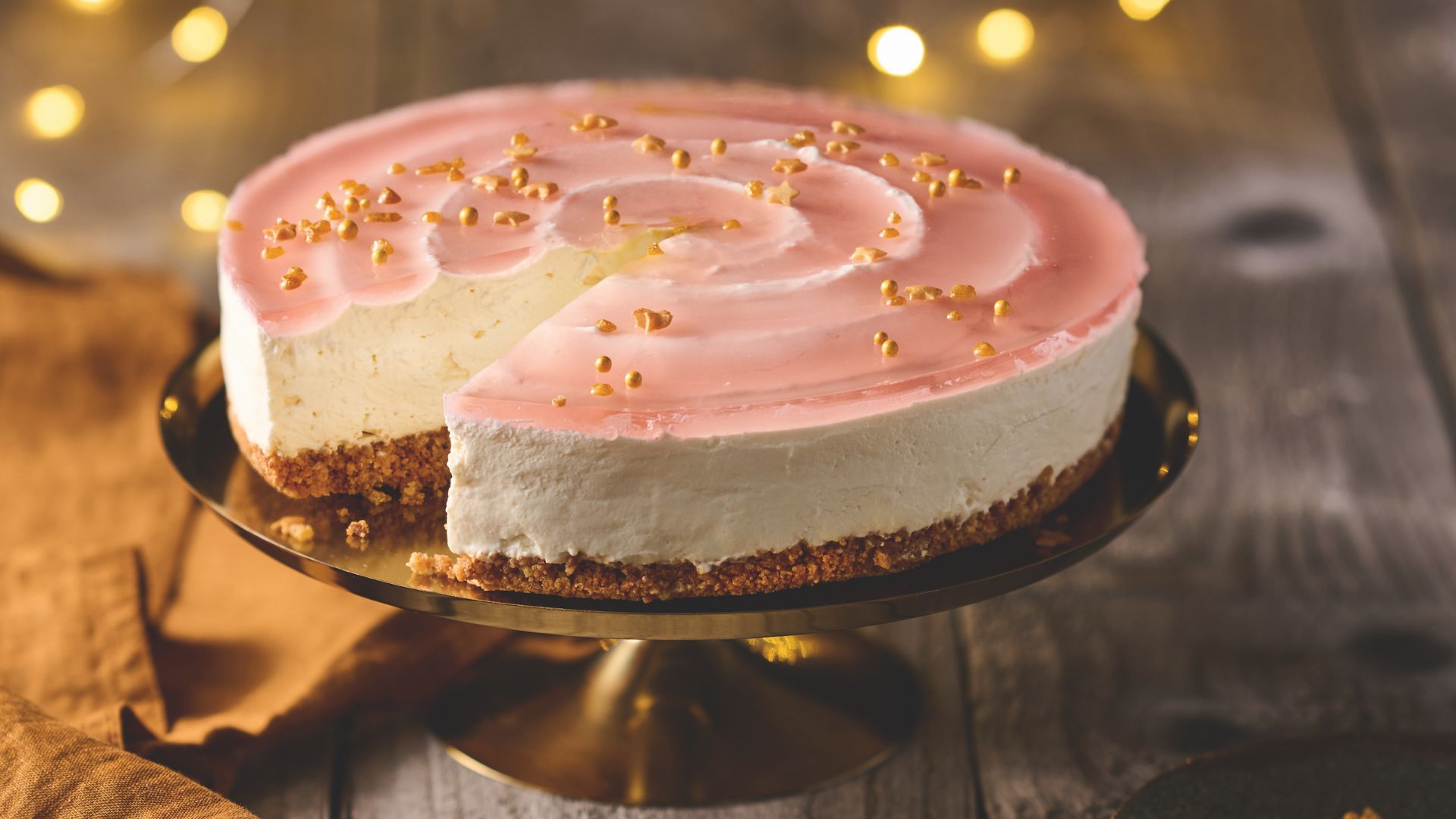 Baileys Cheesecake
Baileys CheesecakeThis no-bake Baileys cheesecake is so easy to make and perfect for cream liqueur lovers, plus it takes just 40 minutes to prepare
By Jess Meyer Published
-
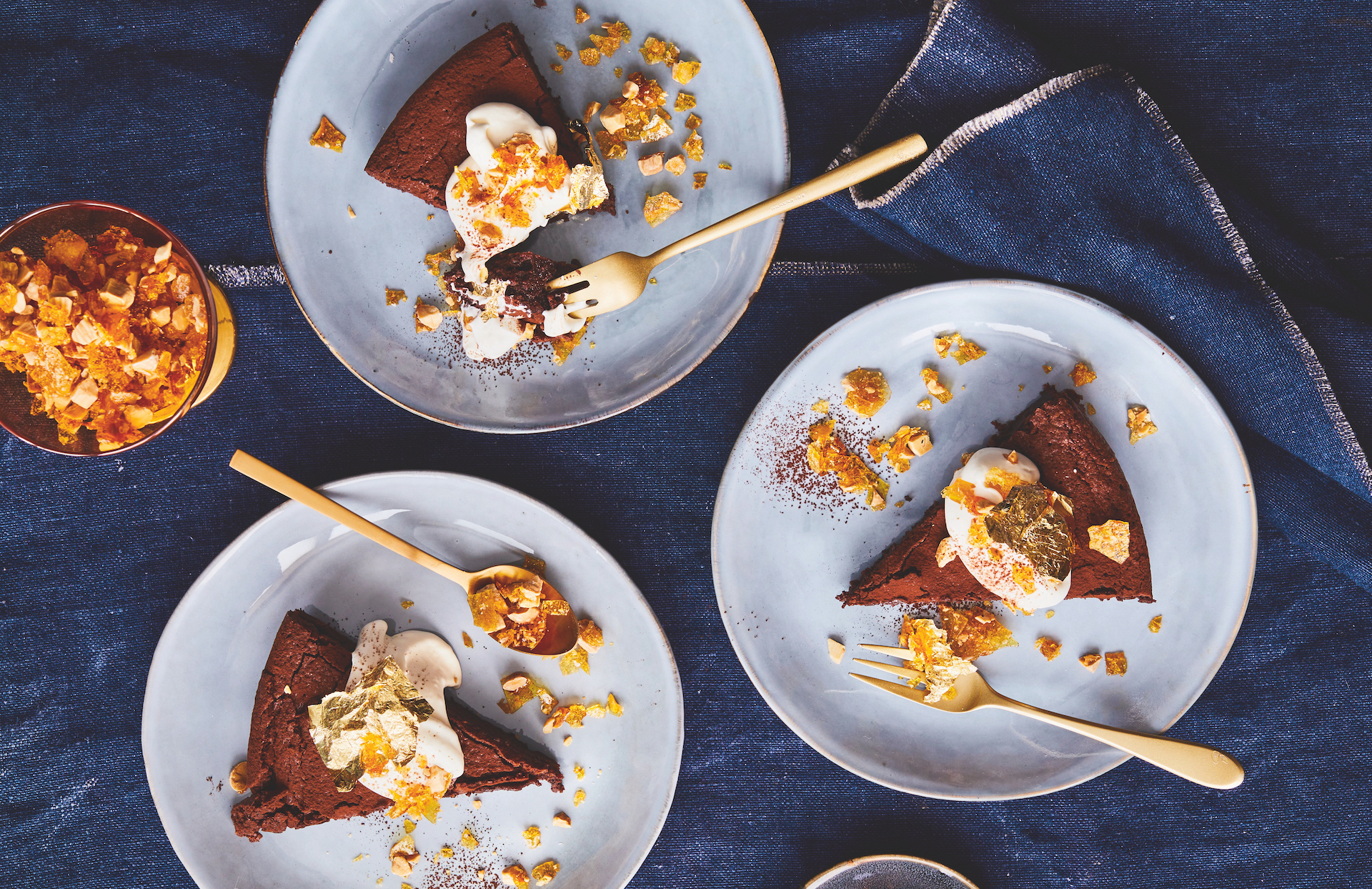 Chocolate torte with Baileys cream and salted praline
Chocolate torte with Baileys cream and salted pralineServe this rich Chocolate torte with Baileys cream and salted praline for a festive dessert that makes a popular alternative to Christmas pudding
By Jen Bedloe Published
-
 Remember Kate Middleton's raspberry pink knit and coat combination? We're taking notes for Valentine's Day
Remember Kate Middleton's raspberry pink knit and coat combination? We're taking notes for Valentine's DayThe Princess of Wales's Boden jumper from 2021 was all the inspiration you'll ever need for styling bold pink in a wearable way
By Emma Shacklock Published
-
 Zara Tindall's raspberry red coat and cherry knee-high boots made the chicest winter uniform
Zara Tindall's raspberry red coat and cherry knee-high boots made the chicest winter uniformAnd her tortoise shell shades and designer bag topped it off
By Caitlin Elliott Published
-
 Princess Beatrice’s raspberry mini dress is tempting us away from a muted winter colour palette
Princess Beatrice’s raspberry mini dress is tempting us away from a muted winter colour palettePrincess Beatrice just wore a fabulous deep pink mini dress with tights and boots and she's inspired us to add this shade into our wardrobe
By Emma Shacklock Published
